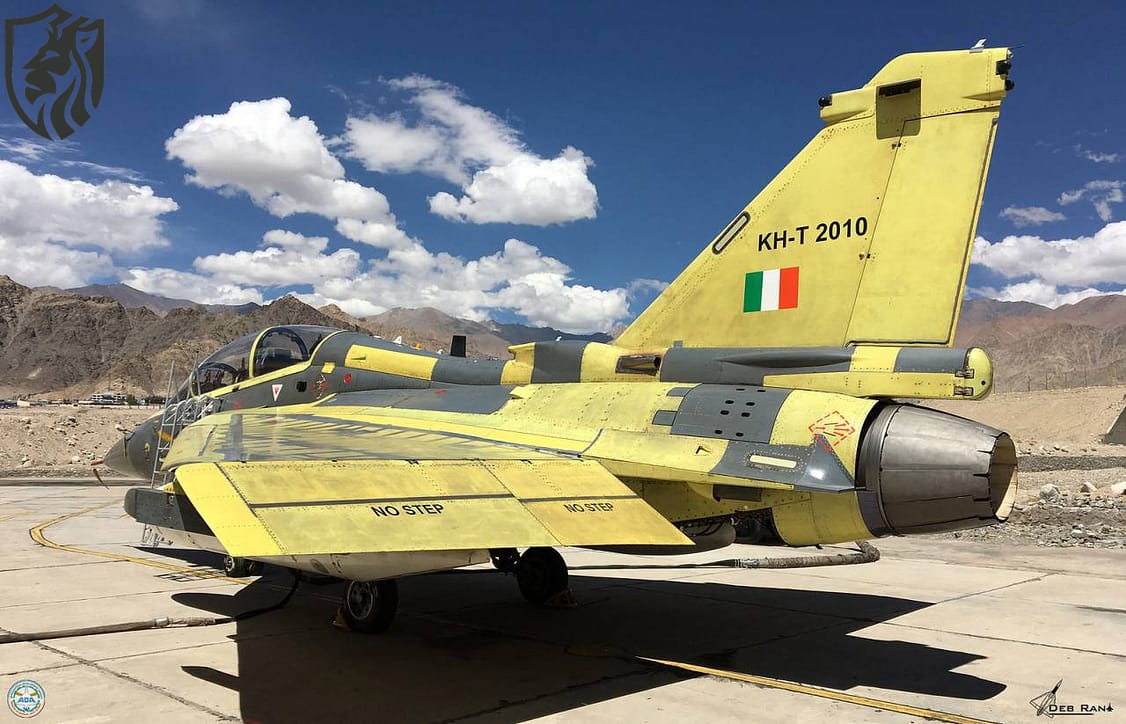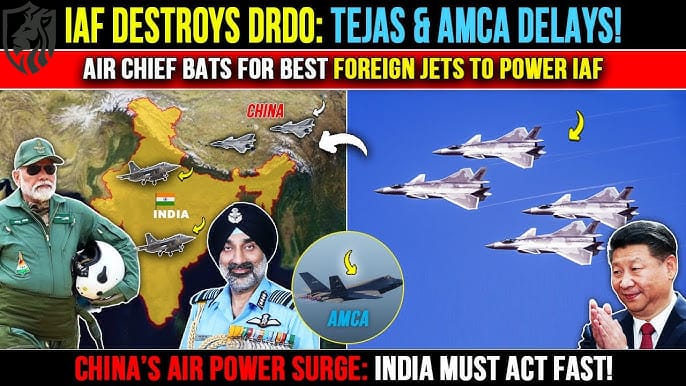
Policymakers, industry leaders, and military enthusiasts alike have responded favourably to the Indian Air Force (IAF) Chief’s recent push for increased private sector involvement in defence manufacturing. The call highlights a pressing need to revamp India’s defense sector by fostering competition, increasing efficiency, and bridging the glaring gaps in critical defense projects. Let’s dive into why this move is not just necessary but long overdue.

The Case for Competition in Defense Manufacturing
A Need for Accountability
The IAF Chief’s argument hinges on a crucial principle: competition breeds accountability and innovation. India’s defense manufacturing sector has long been dominated by Public Sector Undertakings (PSUs), which often lack the incentive to deliver on time or innovate due to an absence of market competition. The result? Projects often face delays and a significant reliance on imports, resulting in the armed forces being inadequately equipped during crucial circumstances.
Lessons from the Tejas Fighter Aircraft
The development of the Tejas fighter aircraft is a telling example:
- 1984: The Light Combat Aircraft (LCA) programme is initiated.
- 2001: The first prototype takes flight—a staggering 18 years later.
- 2010: The Indian Air Force places its initial order but receives no aircraft for six more years.
- 2016: Deliveries finally begin.
- 2024: Four decades later, only 36 aircraft, including four trainers, have been delivered.
The delays don’t end here. While the improved Mk-1A version of the Tejas is now in development, with the IAF ordering 83 units, delivery timelines remain uncertain. A year past the promised deadline, not a single Mk-1A has been handed over.
The Root of the Problem
Engine Development Woes
The absence of an indigenous fighter jet engine poses a significant obstacle to India’s defence manufacturing. Despite decades of research and billions invested, India’s reliance on General Electric (GE) engines from the United States continues. Unfortunately, GE has also failed to meet contractual deadlines, exacerbating delays in Tejas deliveries.
The Cost of Monopoly
The absence of private sector competition in high-end defense projects has allowed inefficiencies to persist within PSUs, leaving the armed forces underprepared.
India’s Current Defense Readiness
While India struggles to meet its own fighter jet requirements, neighbour China is unveiling cutting-edge sixth-generation aircraft. Meanwhile, India’s Advanced Medium Combat Aircraft (AMCA)—its answer to 5th-generation fighters—remains in the design phase. Presently, the IAF relies on just 36 Rafale jets to maintain parity with China’s and Pakistan’s expanding fleets. This gap could widen further without significant changes in defense manufacturing.
Why Private Sector Involvement is Crucial
- Faster Deliveries
Private players, driven by profit and competition, can expedite production timelines, ensuring that armed forces receive critical equipment when they need it. - Innovation and Technology Transfer
Private companies often invest heavily in R&D and seek international partnerships, bringing in advanced technologies that can bolster domestic manufacturing. - Cost Efficiency
Competition among private and public players can reduce project costs while maintaining quality, saving taxpayers billions in the long run.
What’s at Stake?
With the IAF awaiting the delivery of 184 Tejas jets, further delays could jeopardise national security. The situation calls for urgent measures to integrate private sector capabilities into defense manufacturing. While critics argue that private firms may prioritise profits over patriotism, the counterargument is compelling: the current system has already cost the nation dearly in terms of time, money, and military readiness.
The Way Forward
To address these challenges, the following steps are imperative:
- Encouraging Public-Private Partnerships (PPPs)
PPPs can leverage the strengths of both sectors, combining the public sector’s experience with the private sector’s agility and innovation. - Policy Reforms
The government must streamline procurement policies and encourage private investment in defense R&D. - Creating a Competitive Ecosystem
Allowing private firms to compete directly with PSUs can foster a culture of accountability and efficiency in defense projects.
The Verdict
The Indian Air Force Chief’s call for private sector participation in defense manufacturing is not only timely but essential. By allowing competition, India can expedite its progress towards self-reliance in defence production, thereby providing its armed forces with the necessary tools to protect the nation. Without such reforms, the cost of delay could be catastrophic—not just in financial terms but in matters of national security.
References
- Indian Defence Manufacturing Updates – https://www.defensenewstoday.info/
- India’s Tejas Programme Analysis – https://www.indiadefencenews.com/
- Private Sector in Indian Defence – https://www.livemint.com/
- Global Defence Developments – https://www.janes.com/







